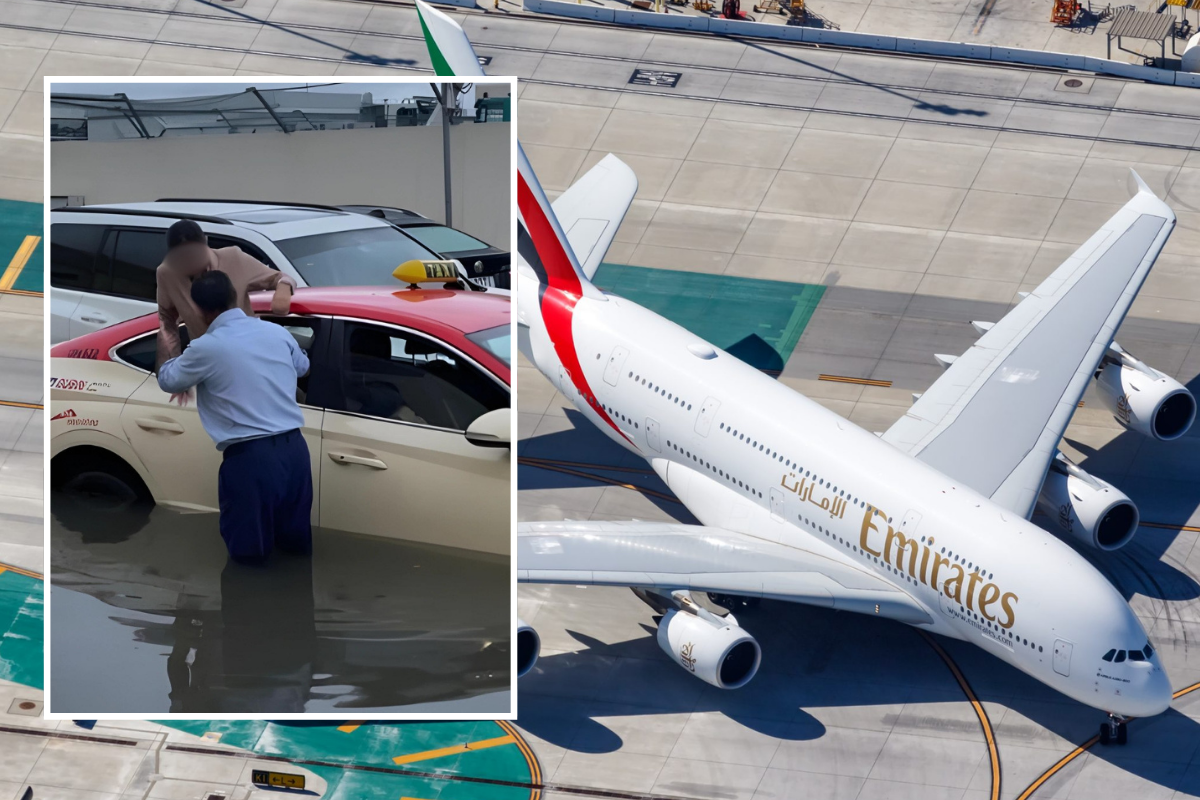
One of the leading bosses of Emirates has described the floods that wreaked havoc across Dubai in April, stranding tens of thousands of the airline’s passengers, as like ‘being under attack’, admitting that the Persian Gulf carrier will have to be more ‘dynamic’ when dealing with extreme weather events in the future.
Sir Tim Clark, the long-serving president of the Dubai-based airline, made the admission at an annual shindig of senior aviation leaders held in Emirates’ home city on Sunday.
“#Dubai flooding in April was like being under attack for us. We’d never thought water would do it. We have to be more dynamic in such a case and shut down the airline if needed” says @emirates Sir Tim @DubaiAirports #PaxEx #avgeek pic.twitter.com/NqBqYDZuqs
— Andreas Spaeth (@SpaethFlies) June 2, 2024
Over 1,500 industry leaders, journalists and analysts are meeting in Dubai for the 80th annual general meeting of the International Air Transportation Association (IATA) where hot topics expected to be discussed include sustainability measures and passenger safety.
During a press conference, aviation journalist Andreas Spaeth quoted Sir Tim as saying the Dubai floods “was like being under attack for us. We’d never thought water would do it. We have to be more dynamic in such a case and shut down the airline if needed.”
Emirates was criticised for its slow response to the scale of the weather event as main highways and even parts of Dubai International Airport started to be submerged under water in the early hours of April 17.
Despite a ‘stay at home’ warning from the Dubai government, Emirates attempted to keep operating as normal, with hundreds of cabin crew and ground staff caught up in the flooding as they tried to get to the airport.
Emirates initially suspended check-in at its home hub in an attempt to reduce overcrowding in the terminal building before going one step further and suspecting check-in for transit passengers worldwide.
Over three days, Emirates cancelled 400 flights, delayed many more and diverted dozens to surrounding airports because Dubai Airport simply wasn’t able to deal with the disruption.
Several days later, Sir Tim conceded that the flooding caused one of the “one of the toughest” weeks in the airline’s 40-year history.
Addressing the recent fatal turbulence event on Singapore Airlines flight SQ321 from London Heathrow, Sir Tim also said that the industry would be making a bigger effort to ensure that passengers were buckled in to prevent turbulence-related injuries.
In the case of SQ321, dozens of passengers and several cabin crew members who weren’t wearing seatbelts when the Boeing 777-300 suddenly dropped were seriously injured when they lifted up, impacting the ceiling.
Tragically, one passenger died from a suspected heart attack during the short but severe turbulence incident.
Related
Mateusz Maszczynski honed his skills as an international flight attendant at the most prominent airline in the Middle East and has been flying ever since... most recently for a well known European airline. Matt is passionate about the aviation industry and has become an expert in passenger experience and human-centric stories. Always keeping an ear close to the ground, Matt's industry insights, analysis and news coverage is frequently relied upon by some of the biggest names in journalism.







